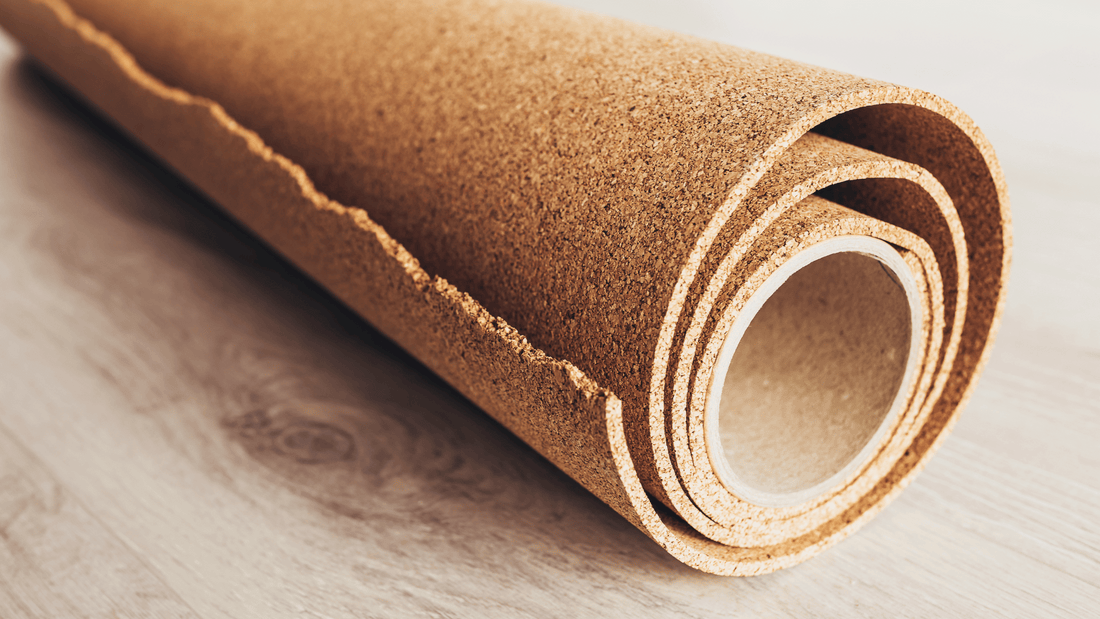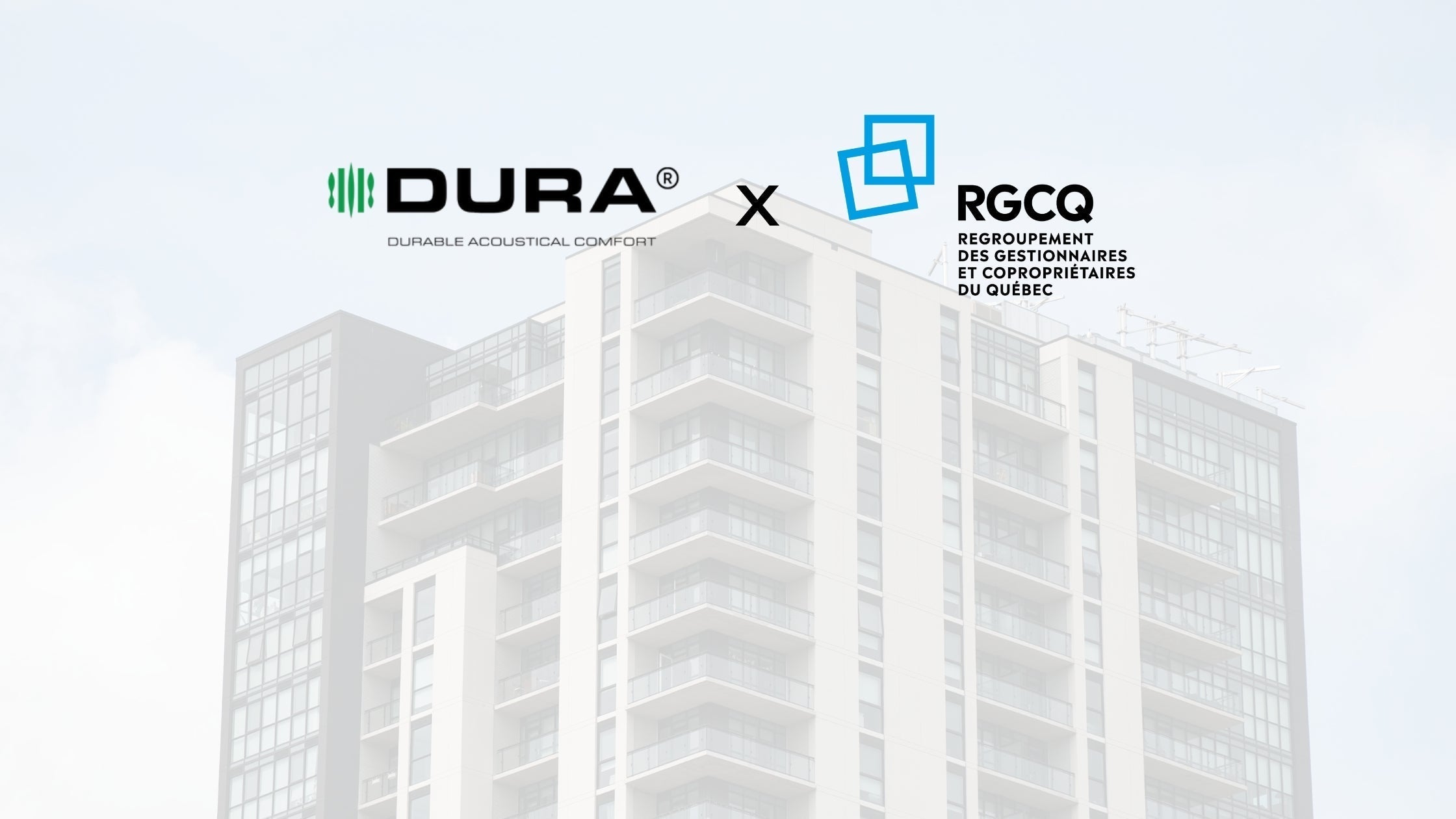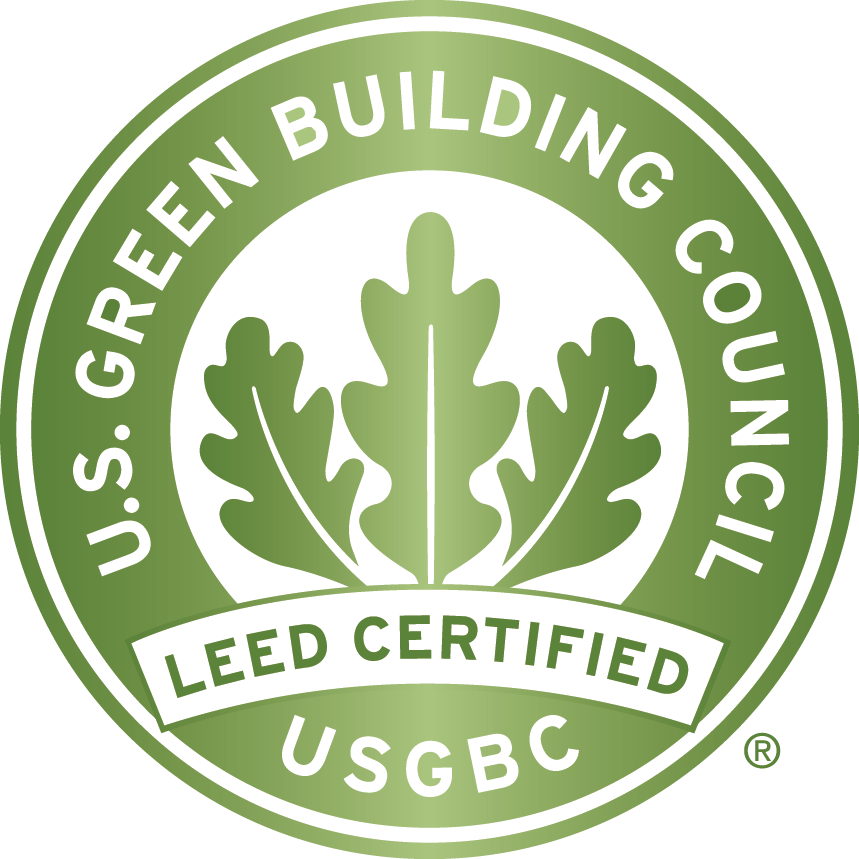Choosing the Right Underlayment: Why Rubber Is Better than Cork
Selecting the appropriate underlayment before starting a new flooring project is essential for ensuring the longevity of your flooring and your general satisfaction with the installation. Although many people have always used cork underlayment, we will discuss why rubber underlayment—especially from Dura Undercushions—is a better option in this article.
Is Cork a Good Underlayment?
Because of its ability to absorb sound, cork underlayment is made from the bark of cork oak trees. However, a number of considerations must be made when using cork as an underlayment, particularly with regard to moisture resistance, acoustic performance, and the cost of maintenance over the flooring's lifetime. Despite being a renewable resource, cork's environmental friendliness is called into question due to the destruction of habitats during harvest.
Does Cork Underlayment Need a Moisture Barrier?
One of the significant downsides of cork underlayment is its susceptibility to moisture. If you're installing flooring in areas prone to dampness, such as basements or kitchens, cork might not be the best choice. Unlike rubber underlayment, cork absorbs moisture unless it is sealed, which leads to swelling and deterioration over time. Therefore, a moisture barrier is necessary when using cork underlayment, adding to the overall cost and complexity of your flooring project.
What Happens If Cork Underlayment Gets Wet?
Wet cork underlayment expands and jeopardizes the structural integrity of your floor. Additionally, the moisture promotes the formation of mold and mildew, which can harm your floors irreversibly and present health problems. This is especially dangerous in humid areas or anywhere there's a chance of spills and wetness, such basements, bathrooms, and kitchens.
Can Mold Grow on Cork Underlayment?
Absolutely, if the cork underlayment gets wet and isn't adequately treated with antimicrobial treatments, mold may form on it. Because of its nature, cork is a good place for mold and mildew to grow, especially if it isn't fitted with an appropriate moisture barrier.
Why You Need a Thicker Layer of Cork for the Same Acoustical Performance as Rubber
In order to match the acoustic insulating qualities of rubber substitutes, cork underlayment usually needs to be thicker. This implies a greater need for material, more expenses, and possibly a more involved installation procedure. In order to provide comparable noise reduction ratings, for example, a cork layer will need to be twice as thick as a rubber underlayment.
Dura Undercushions' Rubber Underlayment: A Superior Choice
Rubber underlayment from Dura Undercushions, as opposed to cork, provides outstanding moisture resistance without the need for further barriers. Rubber is a great material for any area of your house, especially those that get a lot of moisture, because it naturally resists mold and mildew. Rubber underlayment also offers higher sound absorption than cork, using less material to achieve better results.
Key Advantages of Dura Undercushions' Rubber Underlayment:
- Moisture Resistance: Rubber does not absorb water, thus protecting your floors from moisture damage.
- Acoustic Performance: Achieve better sound reduction with thinner layers of rubber compared to thicker cork applications.
- Cost-Effective: Less material and no need for additional moisture barriers mean lower overall project costs.
- Durability: Rubber underlayment is more durable and less susceptible to damage during installation and over its life.
- Eco-Friendly: Through our unique upcycling process of giving a second life to used rubber, we’ve achieved our goal by creating products that absorb sound like no other and last for years.
Discover the Advantages of Dura Undercushions’ Rubber Underlayment
Rubber underlayment from Dura Undercushions is the best alternative if you're searching for something more dependable and moisture-resistant. Rubber underlayment preserves your investment and improves the comfort and enjoyment of your home environment with its exceptional performance and simplicity of installation.
Visit our blog to learn more about the advantages of rubber underlayment and to examine the disadvantages of alternative materials.
















